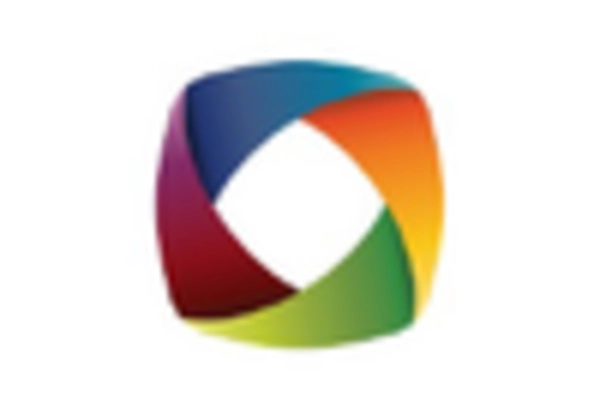Consumer Awareness and Education
The growing awareness of energy efficiency and sustainability among consumers is a vital driver for the Residential Battery Market. As educational campaigns and information dissemination increase, more homeowners are recognizing the benefits of energy storage systems. In 2025, surveys indicate that over 60% of consumers are considering residential batteries as a viable option for energy management. This heightened awareness is likely to lead to increased demand for residential battery solutions, as consumers seek to optimize their energy usage and reduce their environmental impact. The Residential Battery Market stands to gain from this trend, as informed consumers are more likely to invest in innovative energy storage technologies.
Government Support and Incentives
Government policies and incentives play a crucial role in shaping the Residential Battery Market. Many governments are implementing programs to encourage the adoption of energy storage systems, including tax credits, rebates, and grants. In 2025, it is anticipated that these incentives will lead to a 20% increase in residential battery installations compared to previous years. Such support not only reduces the initial financial burden on consumers but also promotes the transition to renewable energy sources. As more homeowners take advantage of these incentives, the Residential Battery Market is likely to experience accelerated growth, fostering a more sustainable energy landscape.
Technological Innovations in Energy Storage
Technological advancements in battery technology are transforming the Residential Battery Market. Innovations such as lithium-ion and solid-state batteries are enhancing energy density, lifespan, and safety. In 2025, the market is projected to witness a compound annual growth rate of around 15%, driven by these advancements. Enhanced battery performance allows homeowners to store more energy efficiently, making residential batteries more appealing. Furthermore, the development of smart battery management systems enables better monitoring and control of energy usage, which is likely to attract tech-savvy consumers. As these technologies evolve, they may redefine energy storage solutions, making them more accessible and efficient for residential applications.
Increasing Energy Costs and Grid Instability
The rising costs of electricity and concerns over grid reliability are significant factors propelling the Residential Battery Market. As energy prices continue to escalate, homeowners are increasingly looking for ways to mitigate their energy expenses. In 2025, energy costs are expected to rise by approximately 5% annually, prompting consumers to invest in residential battery systems that allow for energy storage during off-peak hours. Additionally, frequent power outages and grid instability in various regions have heightened the need for reliable backup power solutions. This trend is likely to drive demand for residential batteries, as they provide a safeguard against energy disruptions and offer a cost-effective alternative to traditional energy sources.
Rising Demand for Renewable Energy Solutions
The increasing emphasis on renewable energy sources is a pivotal driver for the Residential Battery Market. As homeowners seek to reduce their carbon footprint, the integration of solar panels with residential batteries has gained traction. In 2025, it is estimated that approximately 30% of new homes will incorporate solar energy systems, necessitating efficient energy storage solutions. This trend not only enhances energy independence but also aligns with global sustainability goals. The Residential Battery Market is likely to benefit from this shift, as consumers increasingly prioritize energy storage systems that can store excess solar energy for later use, thereby optimizing energy consumption and reducing reliance on traditional power grids.


















Leave a Comment